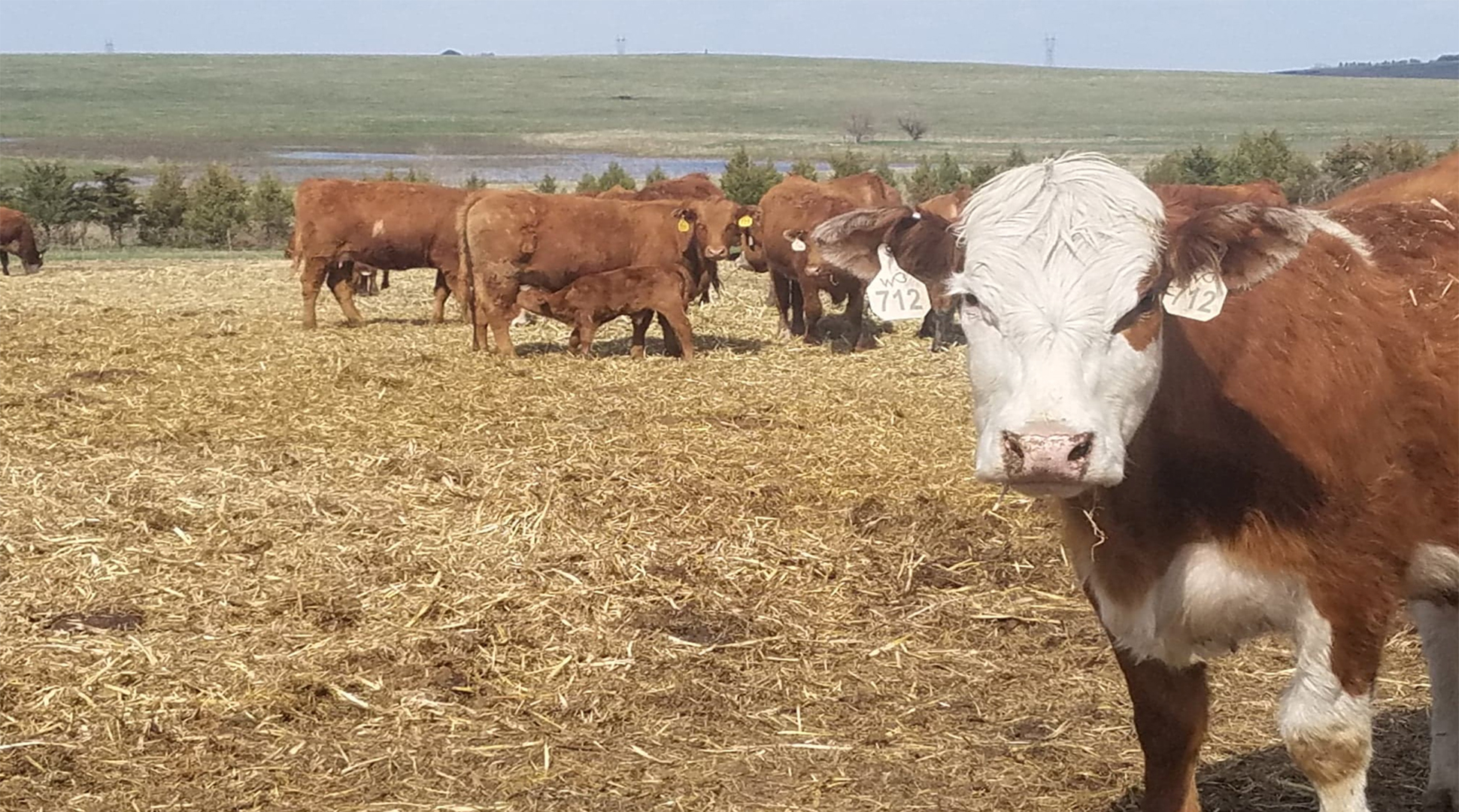Since it is national Antibiotic Awareness Week, we thought we'd once again share how using antibiotics in food animals works. This post first appeared on OYT on 3/12/19
By Wanda Patsche
Consumers want to know about antibiotic usage in animals. More specifically, they are worried about antibiotic resistance. And who isn’t? I can’t imagine anything worse than having a sick loved one who is not responding to an antibiotic because it is no longer effective towards the bacteria they are trying to fight. How and why is antibiotic resistance happening? Antibiotic resistance is a complex issue. And one that ALL of us need to take seriously. When it comes to using antibiotics in livestock, there are a few things you need to know about antibiotic usage in livestock.
Many are pointing fingers at livestock farmers because animals use the largest amount (by poundage) of antibiotics in the U.S. The figure most used is that 70-80% of antibiotics sold in the U.S. each year are used in animals. However, over a third of those antibiotics are in classes that have no use in human medicine, and another third are in classes that are not considered highly important to human medicine (refer to the chart).

Let’s start by examining why farmers give their animals antibiotics:
- therapeutic (treat animals that are sick)
- sub-therapeutic (prevent sickness)
- promote growth (allow the animals to grow more efficiently)
In 2013, the FDA (Food and Drug Administration) asked pharmaceutical manufacturers to voluntarily surrender their growth promotion labels and put all other therapeutic uses of antibiotics under the direct supervision of veterinarians. And they did. By complying with FDA’s Guidance for Industry #213 and #209, drug companies voluntarily gave up their growth promotion claims for all antibiotics that are in classes used in human medicine. FDA #213 and #209 went into effect on January 1, 2017.
Even though risk studies have shown agricultural antibiotic use having minimal effect on public health, agriculture has proactively stepped up to the plate by making changes on how antibiotics are used on the farm. It’s about doing the right thing.
Going forward we must study animal antibiotic usage and resistance not based on how many pounds we use, but rather the impact on public health. As of January 1, 2017, all farmers are required to work closely with a veterinarian and all antibiotics will be required to have direct veterinarian oversight.
Read more about this issue on Wanda's Minnestoa Farm Living blog.
